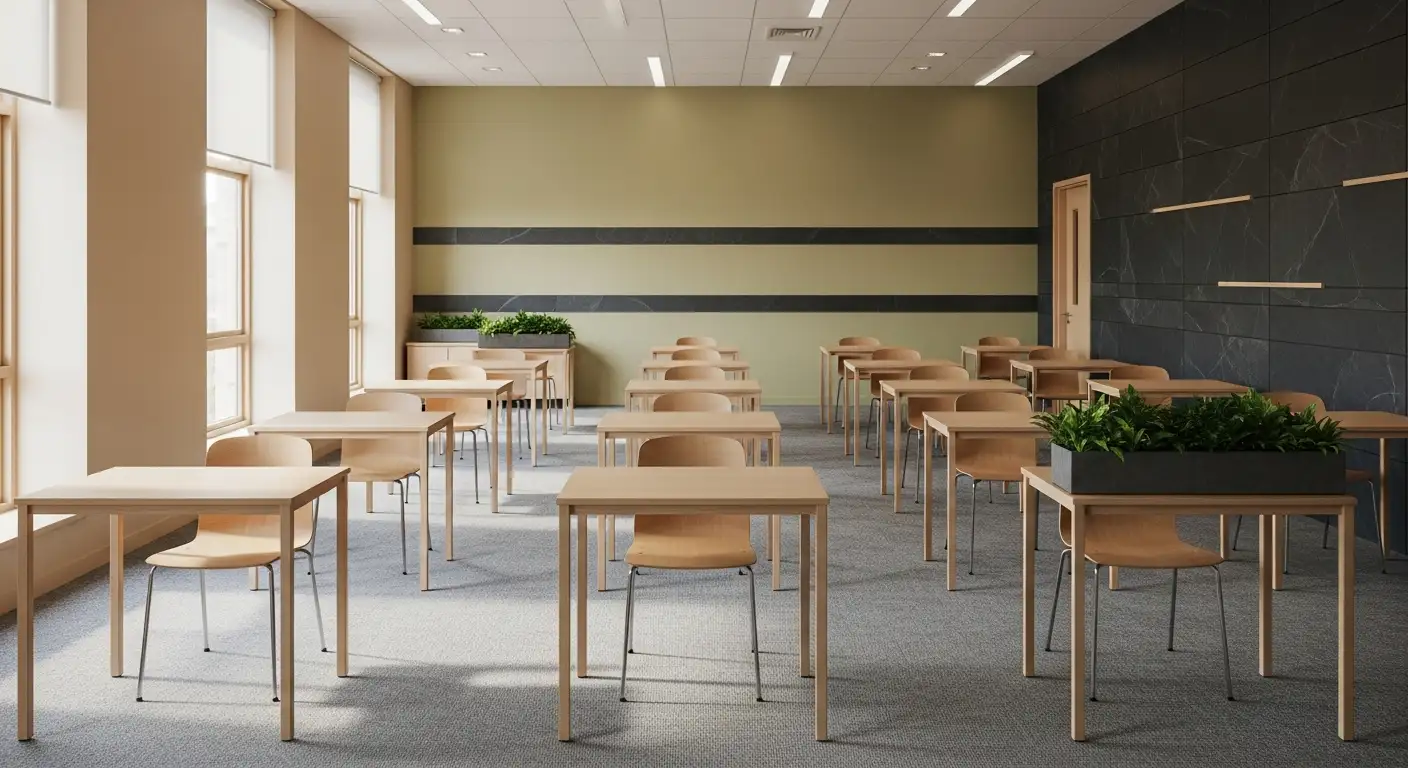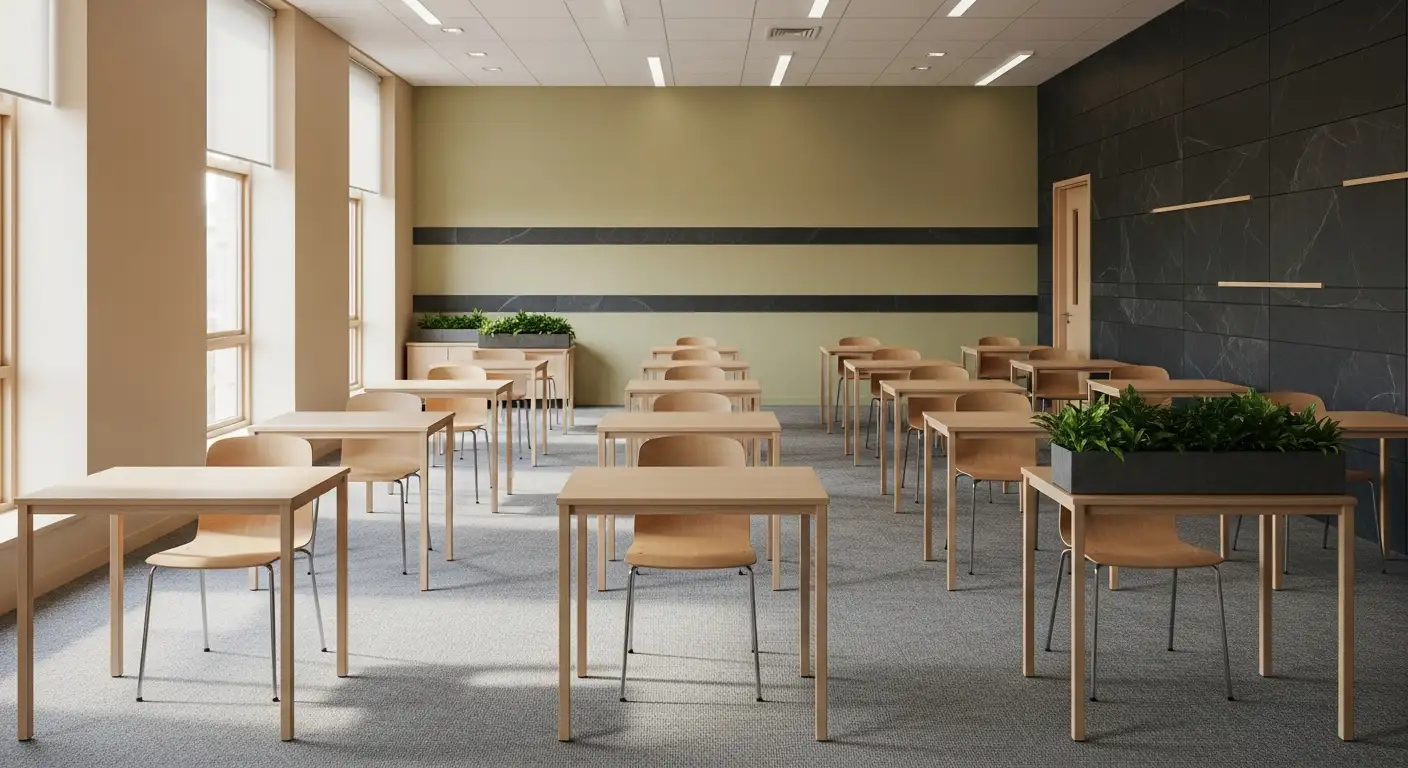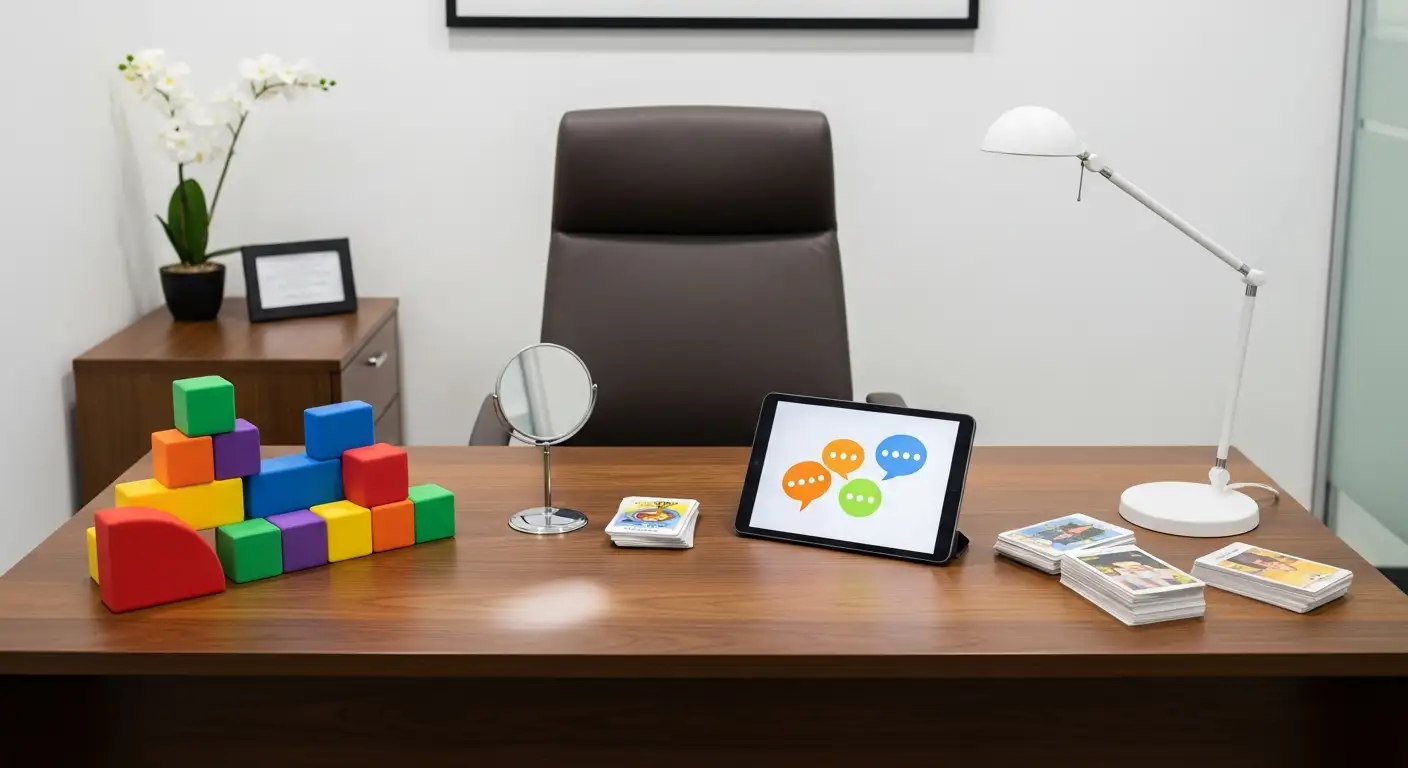How ABA Therapy Supports Adolescents with Social Anxiety


Understanding How ABA Therapy Facilitates Social and Emotional Development in Adolescents
Adolescence is a critical developmental stage marked by increasing social interactions and emotional challenges. For teens experiencing social anxiety, these challenges can hinder their ability to form meaningful relationships and improve overall well-being. Applied Behavior Analysis (ABA) has emerged as an effective, evidence-based approach for supporting adolescents in managing social anxiety symptoms. This article explores how ABA therapy can enhance social skills, promote emotional regulation, and empower teens to navigate social environments confidently.
The Principles and Techniques of ABA in Addressing Anxiety

How does ABA therapy assist adolescents with social anxiety?
ABA therapy helps adolescents facing social anxiety by systematically identifying specific triggers that cause their anxiety. Therapists conduct functional analyses to understand what leads to avoidance behaviors and then develop tailored strategies to address these issues. Techniques such as social skills training, systematic desensitization, and cognitive restructuring are often used.
A core part of ABA involves behavioral exposure, where teens gradually face anxiety-provoking situations, like social interactions or public speaking, with reinforcement for brave behaviors. This process is done in small, manageable steps, helping teens build confidence over time.
Parental involvement is crucial. It allows skills learned in therapy to be practiced in real-world settings, enhancing generalization. Visual aids, reinforcement systems, and age-appropriate interventions make the therapy engaging and effective.
Overall, ABA supports adolescents by helping them manage anxiety symptoms, improve social functioning, and develop emotional regulation skills. The focus on tailored interventions ensures that each teen’s unique needs are addressed, promoting successful social interactions and reduced anxiety.
What is the role of ABA therapy in managing social anxiety symptoms in adolescents?
ABA therapy plays a significant role in managing social anxiety by using various behavioral techniques like exposure, reinforcement, and desensitization. It pinpoints the specific triggers that lead to social fears and teaches coping strategies to handle these situations better.
The approach involves gradual behavioral exposure, starting with less challenging social tasks and progressing to more complex interactions. Reinforcements are used to encourage positive social behaviors, making participation more rewarding.
In addition, ABA incorporates relaxation techniques, such as deep breathing and mindfulness exercises, to help teens manage physical symptoms of anxiety. Cognitive restructuring helps challenge negative thoughts about social situations.
With a focus on individualized treatment, ABA therapists monitor progress closely through data collection and adapt interventions as needed. Parental involvement ensures that skills are practiced consistently across settings, leading to better outcomes.
In summary, ABA provides an evidence-based framework that helps adolescents reduce avoidance, develop social skills, and manage anxiety symptoms more effectively.
Creating a Foundation for Social and Emotional Skills
How can ABA therapy improve social skills and emotional regulation in adolescents?
Applied Behavior Analysis (ABA) therapy plays a vital role in helping adolescents develop stronger social skills and better emotional regulation. This approach works by teaching young individuals to recognize and interpret social cues such as body language, facial expressions, and tone of voice. These skills are crucial for meaningful social interactions and are often challenging for teens, especially those on the autism spectrum.
Through structured, personalized interventions, ABA therapists use a mix of techniques like role-playing, social stories, and social scripts. These methods allow teens to practice appropriate responses and behaviors in safe environments. Over time, these skills are reinforced across different settings, encouraging consistency and generalization.
Group activities are often integrated into ABA programs to simulate real-life social scenarios. These sessions promote peer interactions, teach turn-taking, and foster collaboration. By breaking down complex social skills into smaller, manageable steps and providing positive reinforcement, adolescents gradually learn to navigate social situations with confidence.
In addition to social skills, ABA incorporates strategies aimed at enhancing emotional awareness. Techniques such as mindfulness training, relaxation methods like deep breathing, and self-reinforcement help teens recognize their emotions and manage them effectively. This systematic approach supports emotional regulation, reducing anxiety and emotional outbursts.
Overall, ABA helps adolescents build a foundation for healthier relationships and improved communication. By focusing on specific behaviors and providing consistent support, therapy not only promotes social competence but also fosters independence and personal growth.
Using ABA to Reduce Anxiety and Avoidance Behaviors

How does ABA therapy assist adolescents with social anxiety?
ABA therapy helps teens with social anxiety by carefully identifying what causes their fears and creating personalized plans to address these triggers. Techniques such as social skills training and systematic desensitization are used to gradually reduce avoidance of social situations. Therapists also teach coping strategies, like relaxation and self-regulation, to help teens feel more in control.
Parental involvement and practice in real-world settings are crucial for reinforcing skills outside therapy. Visual aids, reinforcement, and age-appropriate behavioral techniques support learning and confidence. Overall, ABA aims to help adolescents manage anxiety symptoms, improve social skills, and develop emotional regulation, making social interactions more manageable and less frightening.
What role does gradual exposure play in ABA for teens with anxiety?
Gradual exposure is central to ABA treatment for teenagers with social anxiety. It involves slowly introducing social situations that trigger anxiety, starting with less intimidating activities and progressing to more challenging ones. This step-by-step approach, called desensitization, helps reduce fear responses over time.
Therapists reinforce positive behaviors during each stage of exposure, encouraging teens to face fears at a manageable pace. Parents often support practice outside of therapy sessions. Through repeated, controlled exposure, teens experience decreased physiological reactions—like rapid heartbeat or shortness of breath—and become more comfortable engaging in social activities.
How is desensitization implemented in ABA?
Desensitization in ABA involves systematically exposing children or teens to feared stimuli progressively. For example, a teen afraid of public speaking might start by looking at pictures of a microphone, then practice speaking aloud at home, and eventually speak in small groups or in front of a class. Each step is paired with positive reinforcement to encourage continued participation.
This gradual approach helps to reduce anxiety levels sustainably, preventing overwhelm. As comfort increases, therapists and parents support the teen in coping with higher levels of exposure, which build confidence and reduce avoidance.
What coping strategies are taught in ABA?
Children and teens learn various coping skills within ABA, including relaxation techniques such as deep breathing and counting to 10. Self-reinforcement strategies, like rewarding oneself for facing fears, also play a role. Problem-solving skills and mindfulness may be integrated to help children manage their emotional responses more effectively.
By practicing these strategies regularly, children develop internal tools to handle anxiety-provoking situations more independently. This promotes long-term resilience and reduces reliance on avoidance behaviors.
How does behavioral reinforcement support anxiety reduction?
Reinforcement is a core element in ABA, used to strengthen positive behaviors like approaching feared situations or practicing coping strategies. For example, giving praise or a preferred item after successfully engaging in an exposure task increases the likelihood of repeating that behavior.
This positive feedback loop encourages children and teens to continue practicing new skills and gradually reduce anxiety levels. Reinforcement helps make adaptive behaviors more habitual, leading to lasting changes in how they respond to anxiety triggers.
| Technique | Purpose | How It's Implemented | Additional Notes |
|---|---|---|---|
| Gradual exposure | Reduce avoidance, build confidence | Systematic step-by-step exposure to stimuli | Reinforced with positive feedback |
| Desensitization | Lower physiological fear response | Exposing to stimuli progressively in order | Often paired with relaxation techniques |
| Coping strategies | Manage anxiety symptoms | Teaching specific skills like deep breathing | Practice in therapy and at home |
| Relaxation methods | Calm physiological responses | Deep breathing, counting, mindfulness | Used alongside other techniques |
| Behavioral reinforcement | Encourage approach behaviors, reduce avoidance | Praise, rewards after successful exposures | Reinforces positive progress |
By integrating these approaches, ABA offers a comprehensive, practical framework to help adolescents manage social anxiety effectively.
The Importance of Family and Community Integration
What are the applications and objectives of ABA therapy for teenagers with social anxiety?
ABA therapy tailored for teens aims to help them develop crucial social skills, regulate emotions, and lessen anxiety symptoms. The approach is highly individualized, focusing on specific goals such as improving communication, reducing avoidance of social situations, and increasing independence.
Therapists use methods like cognitive restructuring and desensitization to break down complex social tasks into manageable steps. For example, a teen may gradually be exposed to social environments, starting with small group interactions and progressing toward larger gatherings.
Relaxation techniques, including deep breathing and counting to ten, are introduced to help teens manage physiological anxiety responses. These techniques are taught alongside social skills, so the teen can better handle real-world challenges.
Parental involvement is essential. Parents and caregivers receive guidance on how to reinforce learned skills outside therapy sessions, creating consistency and ensuring behavior generalization across different environments.
In summary, ABA helps teens build confidence, improve social relationships, and develop resilience through structured, goal-oriented interventions. These support teens' transitions into more autonomous and emotionally balanced individuals.
How do community-based and real-world practice settings enhance ABA outcomes?
Community-based instruction and practicing skills in natural settings significantly boost the effectiveness of ABA therapy for adolescents with social anxiety. Rather than solely practicing in controlled environments, teens are encouraged to apply their skills in everyday contexts like restaurants, stores, or on public transportation.
This approach promotes the generalization of skills, meaning that behaviors learned during therapy are more likely to be used in real-life situations. It allows teens to test coping strategies, social skills, and emotional regulation methods where it matters most.
Engaging in real-world practice builds confidence and reduces anxiety because teens know they can handle authentic social encounters. These experiences also help them identify their strengths and areas needing further support.
By involving parents and community members, teens receive consistent reinforcement across settings, which helps sustain progress over time. The integration of community-based learning ensures that improvements are meaningful and long-lasting.
Overall, these strategies prepare adolescents to navigate their social environments successfully, fostering independence and enhancing quality of life.
Tailoring ABA for Adolescents' Developmental Needs and Future Goals
What mechanisms and goals underpin ABA therapy for adolescents with social anxiety?
Applied behavior analysis (ABA) for adolescents with social anxiety is rooted in a systematic assessment of behaviors and triggers. Therapists identify specific situations that provoke anxiety and craft personalized intervention plans that address these challenges in line with the teen’s developmental stage and individual interests.
The primary goals of ABA therapy include improving social skills, fostering emotional regulation, increasing independence, and promoting adaptive behaviors. Techniques such as reinforcement, desensitization through graduated exposure, and functional behavior analysis are employed to teach new skills and reduce avoidance behaviors.
A core focus is on motivating adolescents internally. This is achieved by respecting their communication styles, providing autonomy in choosing activities, and reinforcing behaviors with incentives aligned with personal interests. Transition planning often begins around age 14, preparing teens for adult life by developing vocational skills, self-advocacy, and independent living capabilities. These comprehensive measures aim to support teens in navigating the path to adulthood successfully.
How does ABA adapt to teenage developmental stages and interests?
ABA therapy modifies its approach to suit the unique needs of teenagers by setting age-appropriate goals that resonate with their current developmental stage. It emphasizes fostering autonomy and providing adolescents with choices in their treatment, which amplifies motivation and engagement.
To make interventions relevant, ABA incorporates activities that focus on future-oriented skills such as employment readiness, self-advocacy, and social problem-solving. This approach respects teens’ preferences and communication styles, creating a collaborative environment that values their voice.
In addition, ABA strategies include using reinforcers that appeal to teens’ personal interests, which helps sustain their motivation. The therapy also supports emotional regulation skills, addressing typical adolescent challenges like peer interactions, emotional outbursts, and risk-taking behaviors.
Parental involvement remains vital, as collaborative planning ensures that interventions are meaningful and tailored to the teen’s evolving needs. Overall, ABA supports teenagers in managing current social and emotional difficulties while equipping them with skills for successful transition into adulthood.
| Aspect | Description | Examples |
|---|---|---|
| Goals | Improve social, emotional, and independent skills | Social skills, emotional regulation, vocational skills |
| Strategies | Reinforcement, desensitization, functional analysis | Graduated exposure, role-playing, self-reinforcement |
| Customization | Age-appropriate goals, interests, communication preferences | Self-advocacy training, future job skills, peer interaction |
| Parental Role | Participation in planning and home support | Co-decision making, reinforcement at home |
| Transition Focus | Preparing for adulthood | Self-care, job readiness, financial literacy |
Empowering Adolescents Through Customized ABA Interventions
ABA therapy offers a comprehensive, individualized approach to supporting adolescents overcoming social anxiety. By systematically addressing triggers, teaching coping techniques, enhancing social skills, and promoting emotional regulation, ABA helps teens gain confidence and independence. Incorporating real-world practice, family involvement, and transition planning ensures that these gains extend beyond therapy sessions into everyday life. As a versatile and evidence-based intervention, ABA continues to adapt to the developmental needs of teenagers, fostering resilience and social competence that pave the way for successful adulthood.
References
- Applied Behavior Analysis in Treating Anxiety Disorders
- Can ABA Therapy Help with Anxiety? In Many Cases, Yes
- Autism and Anxiety: A Comprehensive Guide to How ABA Helps
- ABA Therapy for Teens: Empowering Adolescents with Autism
- How ABA Therapy Can Help Teens with Autism | Spectrum of Smiles
- Autism and Anxiety: Treatment Options and ABA Techniques
- Applied Behavior Analysis in Treating Anxiety Disorders
- Cognitive Behavioral Therapy for Early Adolescents with Autism ...
Recent articles

What Is Speech Fluency?
Understanding the Essentials of Speech Fluency and Its Disorders

What Is Speech Fluency?
Understanding the Essentials of Speech Fluency and Its Disorders

Teaching Writing to Students with Autism
Unlocking the Potential: Effective Writing Instruction for Students with Autism

Teaching Writing to Students with Autism
Unlocking the Potential: Effective Writing Instruction for Students with Autism

Speech Therapist School
Navigating the Path to a Rewarding Career in Speech Therapy

Pediatric Speech Therapy Programs
Unlocking Potential Early: The Role of Speech Therapy in Pediatric Development

